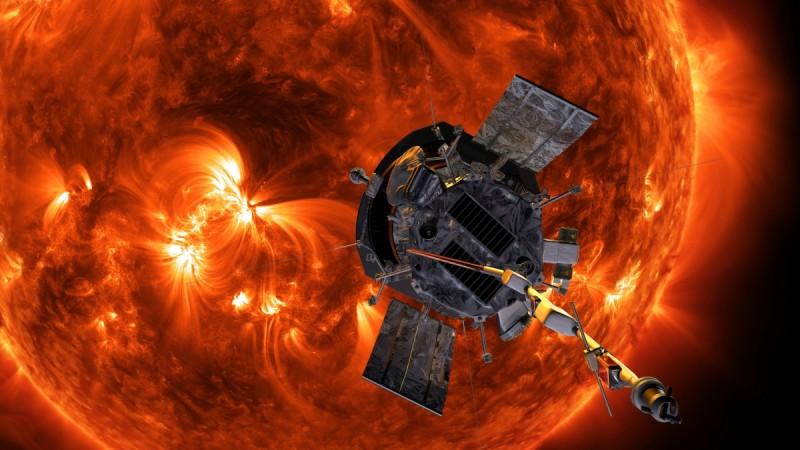
The Sun is massive in size, but its distance relative size being almost exactly the size of the Moon from Earth might move many to pass it off as being a lot smaller than it actually is. Of all matter in the Solar System, about 99.8 percent of it is all concentrated at the Sun. All the planets and their moons combined make up less than one half of 1 percent of the Solar System and on Saturday, NASA is going to launch a probe directly at it.
Called the Parker Solar Probe, it will be humanity's first attempt to touch the Sun. While probe will not actually reach the surface of the star, it will sweep by its outer atmosphere and collect precious data. However, it is not easy to reach the Sun. NASA estimates that it would take a spacecraft, 55 times more energy to reach the Sun than it would to reach Mars and this is not just because of the distance it has to cover.
That seems a bit counter-intuitive, considering the Sun has an extremely powerful gravitational pull, enough to keep all the gas giants, rocks in the Kuiper Belt as well as the Oort cloud—186 billion miles away—in a tight formation around itself, so a probe from Earth only need to fly straight up and the Sun should catch it and reel it in right? Not exactly, explains NASA.

The answer, explains the space agency, lies in speed. Earth is kept from falling into the Sun and burning up because of this effect as well. Orbiting the sun at about 107,826 km per hour, relative to the Sun, the Earth is almost always moving sideways. To reach the sun from Earth, all of that sideways motion needs to be cancelled out.
Parker is not headed for a swan dive into the Sun, so NASA says that it only needs to drop about 85,295 km per hour of this total speed, that is just shy of 80 percent of this sideways force that Earth puts on it.
So apart from using a powerful rocket—the Delta IV Heavy—Parker Solar Probe will have to perform a total of seven gravity assisted manoeuvres at Venus over its mission. It will take about seven years to shed all that sideways speed into Venus' well of orbital energy, notes NASA.
All these gravity assists over at Venus should draw Parker's orbit closer and closer to the Sun. The closest expected approach for the probe will be about 6.16 million km from the Sun's visible surface in its final few orbits.
Parker will gradually shed its sideways speed as it approaches the Sun, but the Sun's extreme gravity will take over and it will start accelerating. The probe is expected to break the speed record for any human-made vehicle. At its peak, the Parker Solar Probe is likely to clock in at over 692,000 km per hour on its final orbits. NASA's Juno right now holds the record for the fastest human made vehicle ever at over 144,840 km per hour.
















